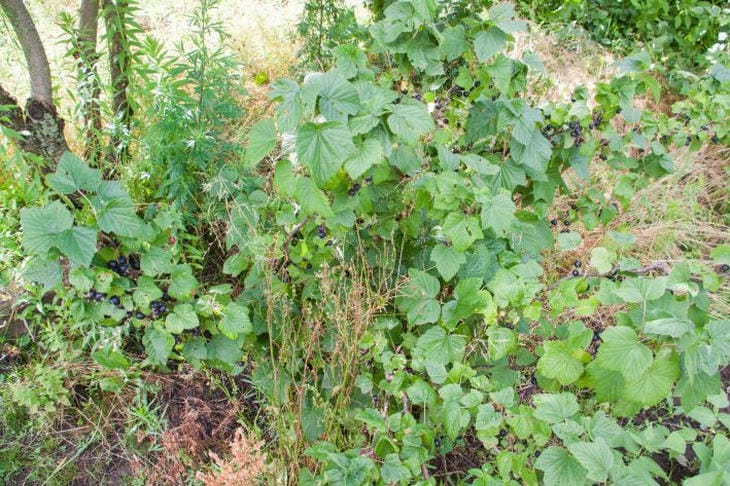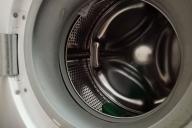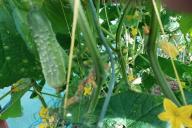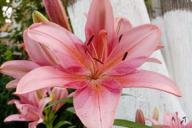Currant is one of the most popular berry bushes, which can suffer from various diseases.
The appearance of red spots on leaves signals problems that require attention.
Gall midge is a dangerous pest
Gall midge is one of the most common pests that causes red spots to appear on currants.

The females of this tiny insect lay eggs on leaves, and the hatched larvae feed on plant tissue, which leads to the formation of characteristic red spots. Damaged leaves begin to curl and may eventually dry out.
To combat gall midges, it is recommended to carry out regular insecticide treatments and remove affected leaves.
Anthracnose is a fungal disease
Another reason for the appearance of red spots on currants is anthracnose, a fungal disease that affects the leaves and shoots of the plant.
Anthracnose appears as small, round red spots that gradually merge to form larger spots. Affected leaves lose color, dry up, and fall off.
To prevent and treat anthracnose, it is necessary to use fungicides, carry out sanitary pruning of bushes and remove fallen leaves.
Nutrient deficiencies
Red spots on currant leaves may be due to a lack of nutrients, especially magnesium or phosphorus.
When there is a lack of magnesium, small spots appear on the leaves, which over time can increase in size and change color to reddish.
To eliminate the problem, it is necessary to regularly feed the bushes with special fertilizers containing the necessary microelements.
The influence of adverse conditions
Adverse weather conditions can also cause red spots to appear on currants.
Sudden changes in temperature, prolonged rains or droughts can weaken the plant, making it more vulnerable to various diseases and pests.
It is important to monitor the condition of the bush, providing optimal conditions for its growth and development. Regular care, timely watering and mulching of the soil will help reduce the risk of problems.
Preventive measures
To prevent the appearance of red spots on currants, it is important to follow a set of preventive measures.
Regular inspection of bushes for pests and diseases, use of insecticides and fungicides, fertilizing and maintaining favorable conditions for plant growth will help maintain the health and productivity of currants.








